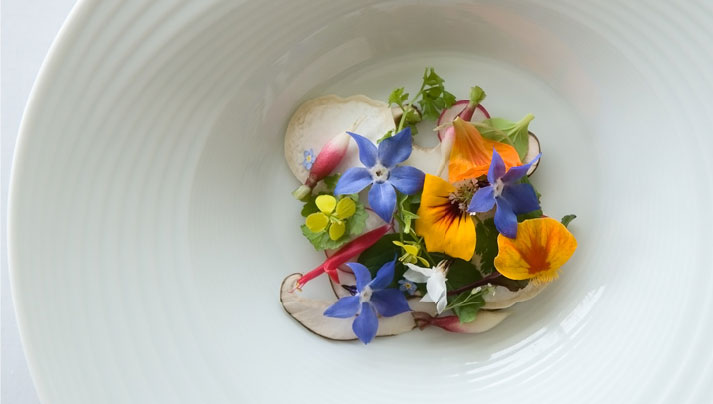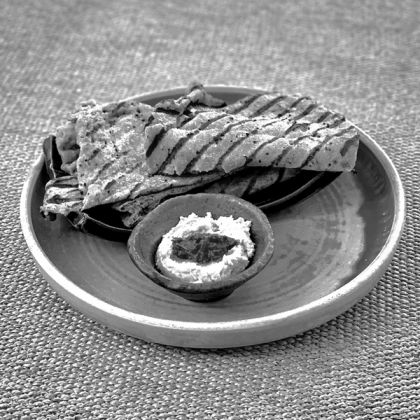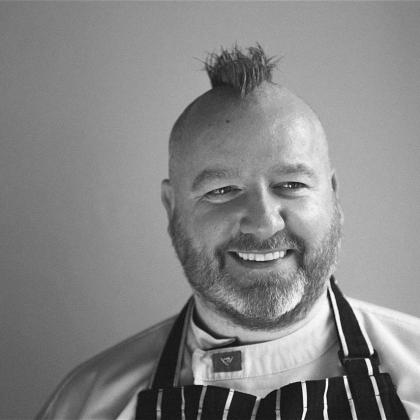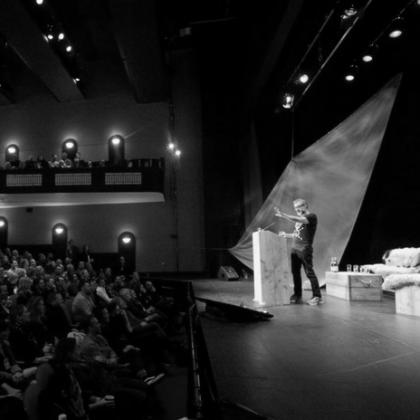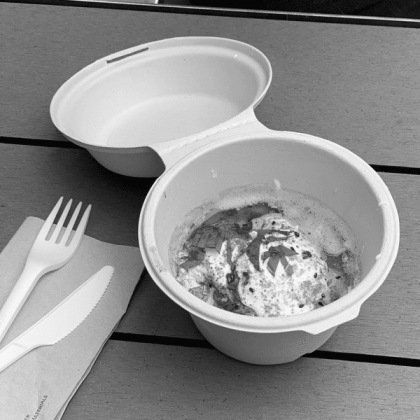My County, My Cooking
It my seem absurd to suggest that the loss of Ireland’s fiscal sovereignty in 2010 will have an impact on how chefs cook, but we believe it will. The only way to repair the economy is to repair local economies, and the best way to do this is to source all your ingredients and spend all your money in your neighborhood. It used to be “My Country, My Cooking”. In 2011 it’s going to be “My County, My Cooking”.
Texture is Tops
“Texture for me is just as important as flavour, and is such an exciting element in cuisine”. That is chef Peter Gilmore, of Sydney’s Quay restaurant, and he’s dead right. Yet texture remains something that Irish chefs don’t advert too. But, as Gilmore suggests, “The textural component is a natural part of all ingredients but can be enhanced or altered by different cooking methods”. We want more eating that runs the gamut not just of taste, but of texture, too.
Experiential Eating
Jordi Roca, of El Cellar de can Roca in Catalonia, in Spain, makes a dessert that is his attempt to capture the emotions going through Lionel Messi’s head as he scores a goal for Barcelona F.C. The pud comes with an MP3 player that relays an announcer’s excitement as Messi bests the backs and belts the ball into the net: sound and eating unified.
Well, Jordi’s pudding may be the avant garde extreme, but we think the tactile and sensory elements of cooking are going to come more to the forefront in 2011. Already, cooks are taking further the El Bulli and Fat Duck ideas, where a dish creates – or tries to re-create – an experience, beyond the simple one of just eating some food maybe. Experiential Eating, let’s call it.
My Philosophy
If you’ve got it, you need to spell it out, and if you haven’t got it yet, then you need to get it. Increasingly, the difference between those who succeed and those who are very successful in the world of food, is about communication: what is my message?, and how well do I spell it out? It’s all about your philosophy, what you think about what you do and why you do what you do.
Come Into The Garden
You want to be taken seriously as a cook and restaurateur? Then become a gardener. If you ain’t in GIY, then you ain’t in the game. Garden to plate in 20 metres is where it’s at, and don’t tell us you can’t do it because you work in a city: you can.
Hi-Tech, Low-Concept
“When people eat my food, I want it to be a simple pleasure”. That’s Brent Savage, chef of Sydney’s Bentley restaurant. To create that simple pleasure, Mr Savage uses as much technology as he can in his kitchen – sous vide; sodium citrate; liquid nitrogen, and so on – but the intent is, nevertheless, to create “a simple pleasure”. The tech is hi, the concept is low. “I believe that balance of flavour is most important and technology is used only to achieve this objective”, is how another Aussie hotshot, Dan Hunter of the Royal Mail Hotel, expresses it.
Preserved Food
Dehydrating. Smoking. Curing. Pickling. Kitchen techniques are evolving backwards, as well as forwards, for there is nothing like the tastes and textures that can be gained by using traditional methods of preserving foods: not fresh, not frozen, but somewhere deliciously in-between. In London's The Ledbury, chef Brett Graham uses both smoked bone marrow and smoked potatoes, and bakes his celeriac in ash.
Social Media
There is increasing evidence that people choose places to eat on the basis of how well they communicate via social media. Food people will be Facebooking, they will be tweeting, and doing so allows them to go straight to their constituency. It takes time, sure, but it costs nothing, and it means the customer will be thinking of you.
Edible Flowers
People used to put edible flowers on plates as decorations, and customers duly took a look at them and then moved them to the side and didn’t eat them. But edible flowers are now asserting a role not just as eye candy, but as an integral part of the flavours of a dish, and as an element of its narrative. What they say is: these flowers coincide with, contrast with, and complement the ingredients we have used. And they prove we have a garden: would you like to see it? (note: illustration is from Chef Dan Hunter, former Head Chef of Mugaritz, in San Sebastian and now head Chef of Royal Mail Hotel, Southern Australia)
Presentation as Narrative
Just as flowers tell part of the narrative of a dish, so the presentation of the food is the primary element of the dish’s story. Seafood suggests a shoreline; mushrooms suggest a forest; vegetables suggest a field, and the presentation then tries to capture the narrative. If we are lucky, this is the trend that will finally kill off tall food.
The protein is no longer the main event
Back in the day, everything in a restaurant meal played second fiddle to the protein. Even the potatoes could – at best – scrape second place to the prime cut. That was the way in which chefs were taught, and it’s just sooo last century. Today, protein should be just one element of a culinary narrative that delights with its appearance, its balance, its flavours, its textures, its readability.

